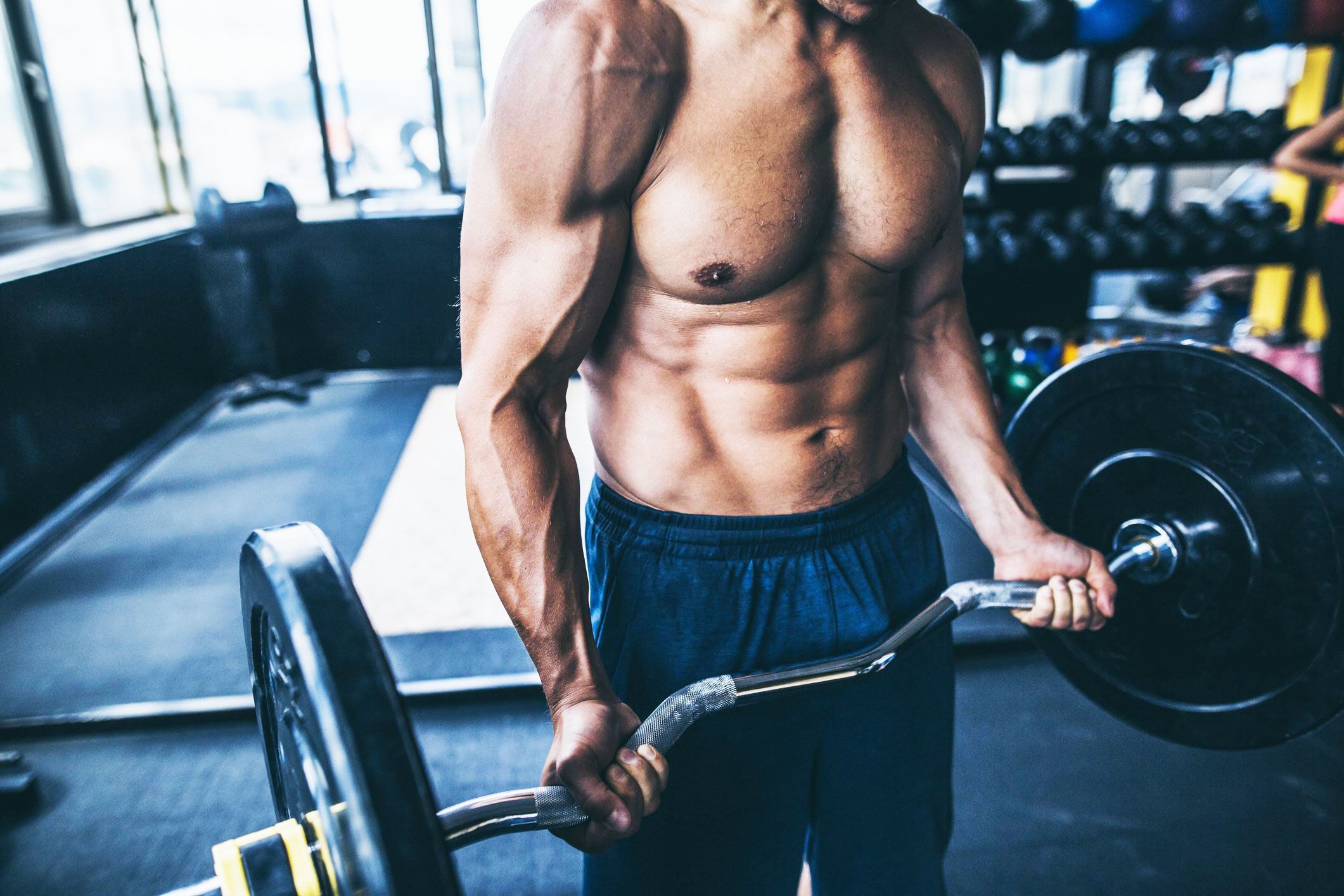
The pursuit of physical fitness and muscle development has led many individuals to explore various training techniques and nutritional strategies. One such phenomenon that has gained attention in the fitness community is the "enhanced muscle pump." This exhilarating sensation occurs during and after intense workouts and is characterized by a temporary increase in muscle size and vascularity. Beneath this superficial effect lies a complex interplay of physiological mechanisms that contribute to this phenomenon.
Nitric Oxide and Blood Flow
At the core of the enhanced muscle pump is the role of nitric oxide (NO), a signalling molecule that plays a vital role in vasodilation – the widening of blood vessels. During exercise, particularly resistance training, there is an increased demand for oxygen and nutrients in the muscles. This demand triggers the release of NO, which relaxes the smooth muscles surrounding blood vessels, allowing for greater blood flow. As a result, more oxygen, glucose, and other essential nutrients are delivered to muscle tissues, leading to that characteristic "pumped" appearance.
Hydration and Electrolyte Balance
Proper hydration and electrolyte balance are also key factors in achieving an enhanced muscle pump. Adequate water intake ensures that muscle cells are well-hydrated, contributing to cell volume and promoting the expansion of muscle tissues during exercise. Electrolytes such as sodium and potassium help maintain fluid balance and muscle function, further enhancing the pump effect.
Muscle Fibre Recruitment
Engaging a wide range of muscle fibres through intense training is another factor that contributes to the enhanced muscle pump. High-intensity resistance exercises stimulate both slow-twitch and fast-twitch muscle fibres, resulting in increased blood flow to various muscle regions. This recruitment promotes overall muscle fullness and vascularity, adding to the pumped appearance.
Post-Workout Nutrition
The post-workout period is crucial for maximizing the enhanced muscle pump. Consuming a combination of protein and carbohydrates immediately after exercise replenishes glycogen stores and initiates the muscle recovery process. This nutrient-rich environment continues to support blood flow and cell volumization, sustaining the pumped sensation.
Conclusion
The enhanced muscle pump is not merely a temporary visual phenomenon; it is a testament to the intricate coordination of physiological processes. Nitric oxide signalling, proper hydration, muscle fibre recruitment, and post-workout nutrition all contribute to this captivating effect. While the enhanced muscle pump may be transient, its implications for muscle growth and overall fitness cannot be overlooked. As science continues to uncover the nuances of these mechanisms, fitness enthusiasts can harness this knowledge to optimize their training routines and achieve their muscle-building goals.


Share:
Protein intake to build muscle
The Role of Protein in Muscle Repair and Recovery